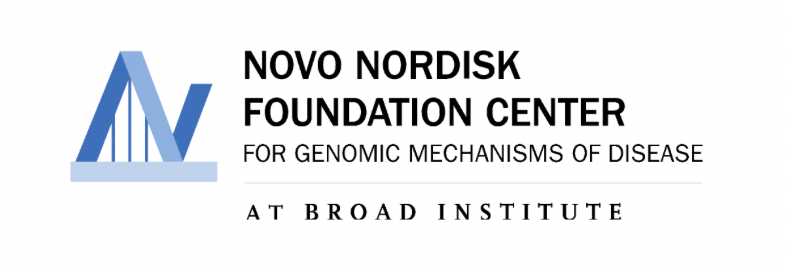Abstract
BACKGROUND: The clinical utility of genetic information for type 2 diabetes (T2D) prediction with polygenic scores (PGS) in ancestrally diverse, real-world US healthcare systems is unclear, especially for those at low clinical phenotypic risk for T2D.
METHODS: We tested the association of PGS with T2D incidence in patients followed within a primary care practice network over 16 years in four hypothetical scenarios that varied by clinical data availability (N = 14,712): (1) age and sex; (2) age, sex, body mass index (BMI), systolic blood pressure, and family history of T2D; (3) all variables in (2) and random glucose; and (4) all variables in (3), HDL, total cholesterol, and triglycerides, combined in a clinical risk score (CRS). To determine whether genetic effects differed by baseline clinical risk, we tested for interaction with the CRS.
RESULTS: PGS was associated with incident T2D in all models. Adjusting for age and sex only, the Hazard Ratio (HR) per PGS standard deviation (SD) was 1.76 (95% CI 1.68, 1.84) and the HR of top 5% of PGS vs interquartile range (IQR) was 2.80 (2.39, 3.28). Adjusting for the CRS, the HR per SD was 1.48 (1.40, 1.57) and HR of the top 5% of PGS vs IQR was 2.09 (1.72, 2.55). Genetic effects differed by baseline clinical risk ((PGS-CRS interaction p = 0.05; CRS below the median: HR 1.60 (1.43, 1.79); CRS above the median: HR 1.45 (1.35, 1.55)).
CONCLUSIONS: Genetic information can help identify high-risk patients even among those perceived to be low risk in a clinical evaluation.
